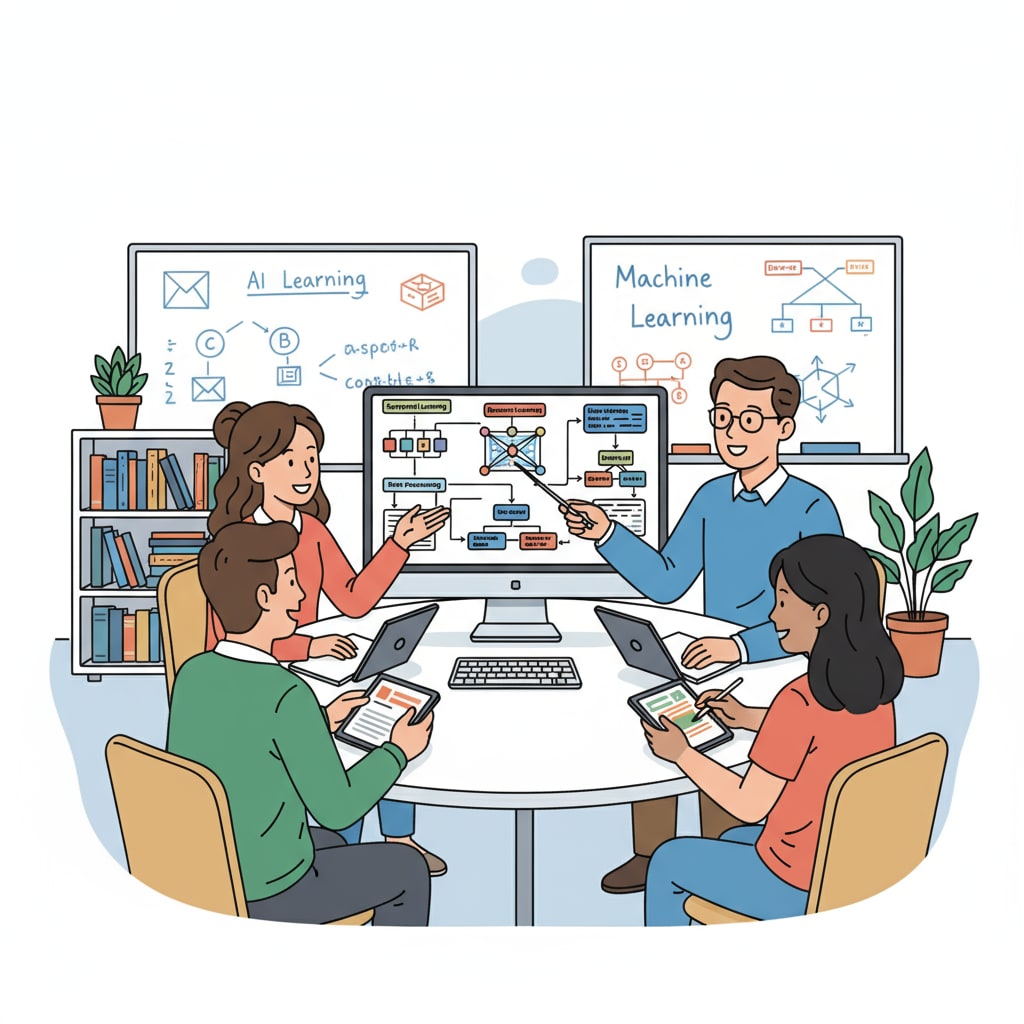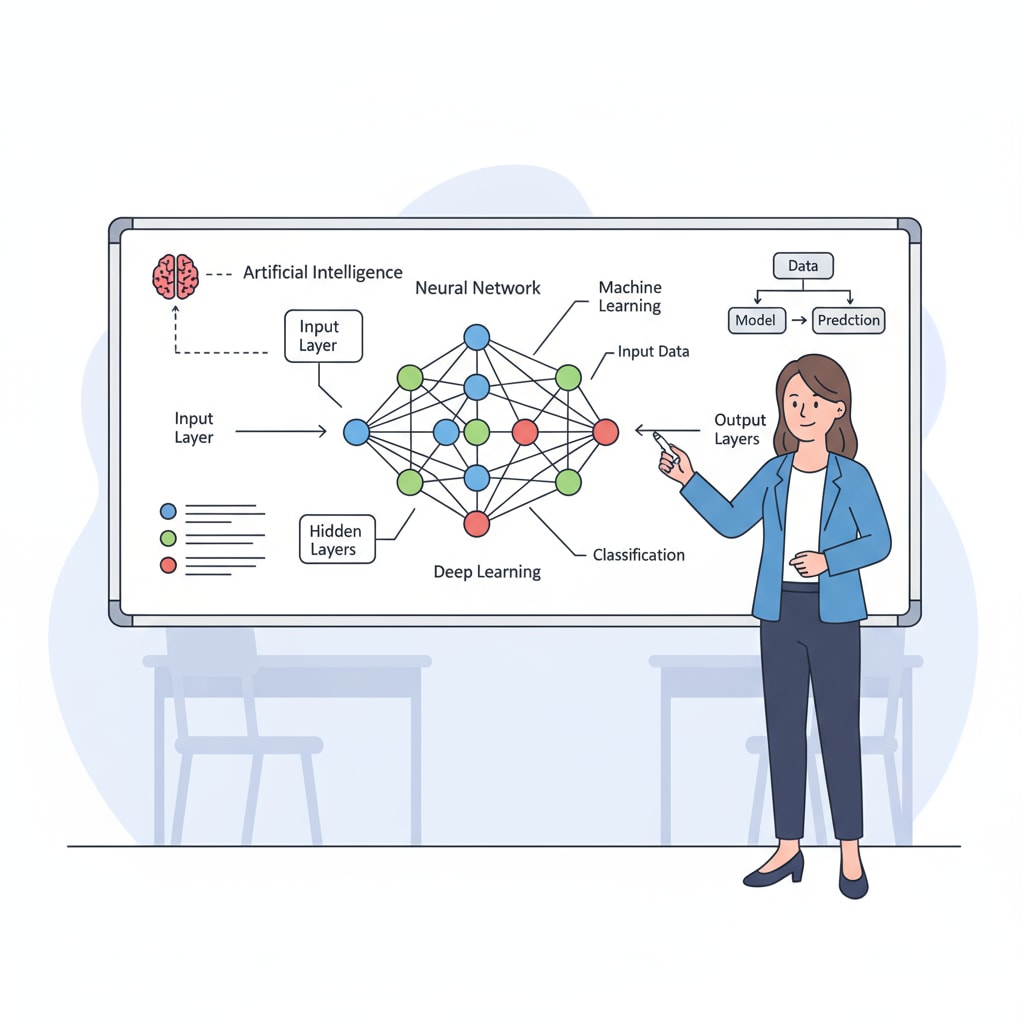AI courses, prompt engineering, and educational development are intertwined in the era of rapid technological advancement. The rise of artificial intelligence has brought about a seismic shift in the K12 education landscape. As AI becomes more integrated into our daily lives, the need for a comprehensive AI literacy education in future schools has become increasingly urgent.

The Imperative of AI Literacy Education
In an age where AI systems are capable of performing complex tasks, from language translation to data analysis, students need to be equipped with the knowledge and skills to understand, interact with, and even develop these technologies. AI literacy education is not just about learning how to use AI tools; it’s about fostering critical thinking, problem-solving, and creativity in the context of artificial intelligence.
For example, understanding how AI algorithms work can help students make informed decisions about the data they share online. According to Artificial intelligence education on Wikipedia, AI education aims to empower students to become active participants in the digital world rather than passive consumers.

The Core Components of an AI Literacy Curriculum
The foundation of an AI literacy curriculum should include an in-depth study of the history of large language models (LLMs). Understanding the evolution of LLMs, from their early beginnings to the current state-of-the-art models, provides students with context for the capabilities and limitations of these technologies.
Prompt engineering is another crucial aspect. As defined by Artificial intelligence on Britannica, prompt engineering involves crafting effective prompts to obtain the desired output from AI systems. Students should learn how to formulate clear, concise, and accurate prompts to get the most out of AI tools, whether it’s for writing essays, generating code, or solving math problems.
Readability guidance: AI literacy education is multi-faceted. It encompasses understanding AI’s history, mastering prompt engineering, and much more. These elements are essential for students to thrive in a future filled with AI technologies. By integrating these components into the curriculum, schools can ensure that students are well-prepared for the challenges and opportunities that lie ahead.


